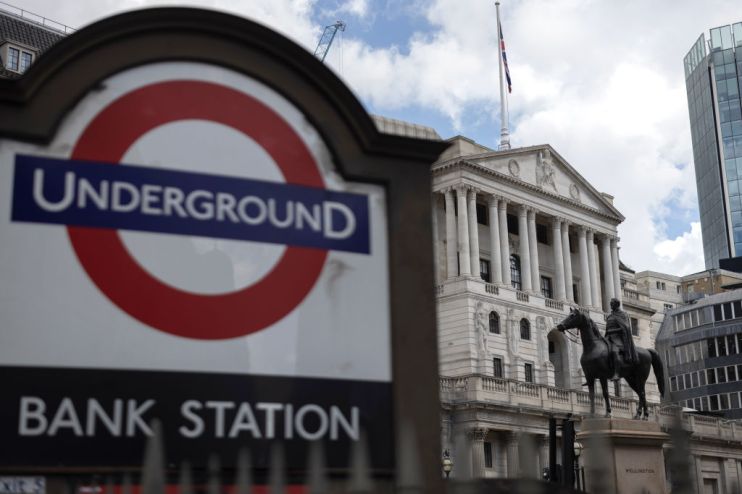Blitz spirit may be overdone but there’s a lesson in taking quick action

The worst fire in the City’s history was not, in fact, the Great Fire of 1666. It came on a Sunday night in December 1940, when seemingly half of the City was blitzed into oblivion. The other half took its punishment on other nights in that terrible few months.
Amongst the many indignities suffered by the Square Mile in those rather grisly months was a bomb which careened straight through Bank junction into the tube halls below. It killed dozens and left a crater in the middle of one of the capital’s most important meeting points.
Within two weeks of this disaster, both on a personal level and for traffic management, City of London engineers and the Army had cleared the junction of rubble. A month later and the authorities had concocted a rather extraordinary bridge across the hole, allowing traffic to cross freely once again and keep London moving.
This trip down memory lane is not just a plug for Jerry White’s fantastic book, The Battle of London, from which the story is drawn.
It is instead a slightly tortured introduction to a topic irking today’s Londoners: why can we not build any houses.
Blitz spirit is overdone. It was far from an uninterrupted period of collective coming together, and not everybody fits the keep calm and carry on mould; forgotten in the mythology are the Mirror headlines calling for looters to be hanged, for instance.
But London’s extensive preparations for the Blitz and it’s reaction to it do demonstrate two important facets of government: one, stuff can happen quickly if muscle is applied and two, choices must be made; the effort that went into rebuilding Bank junction were not mirrored in Stepney’s slums. The conclusion? In an economic emergency, which is the only way to describe the nation’s housing shortage, it is time to act
